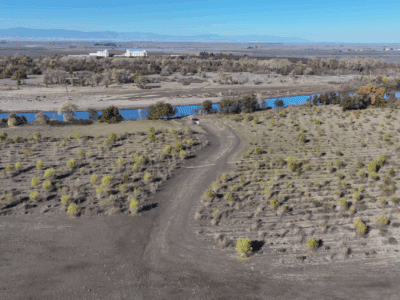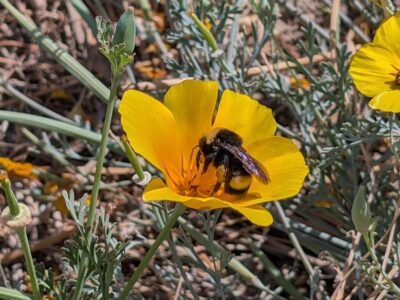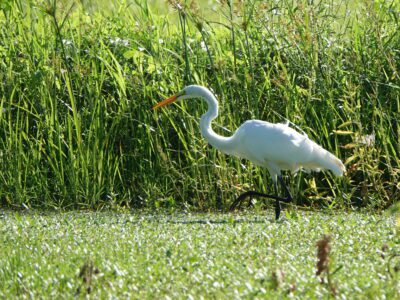“Beavers exist where there are two things: trees and running water,” says River Partners President Julie Rentner. “Whenever we’ve planted trees, we’ve seen beavers move in.”
Since our founding over a quarter-century ago, River Partners has restored nearly 20,000 acres of riverside forests across California. So yes, we’ve seen a beaver or two.
But why are these industrious rodents so important for healthy rivers? Well, that’s a topic we can certainly gnaw on for a while.
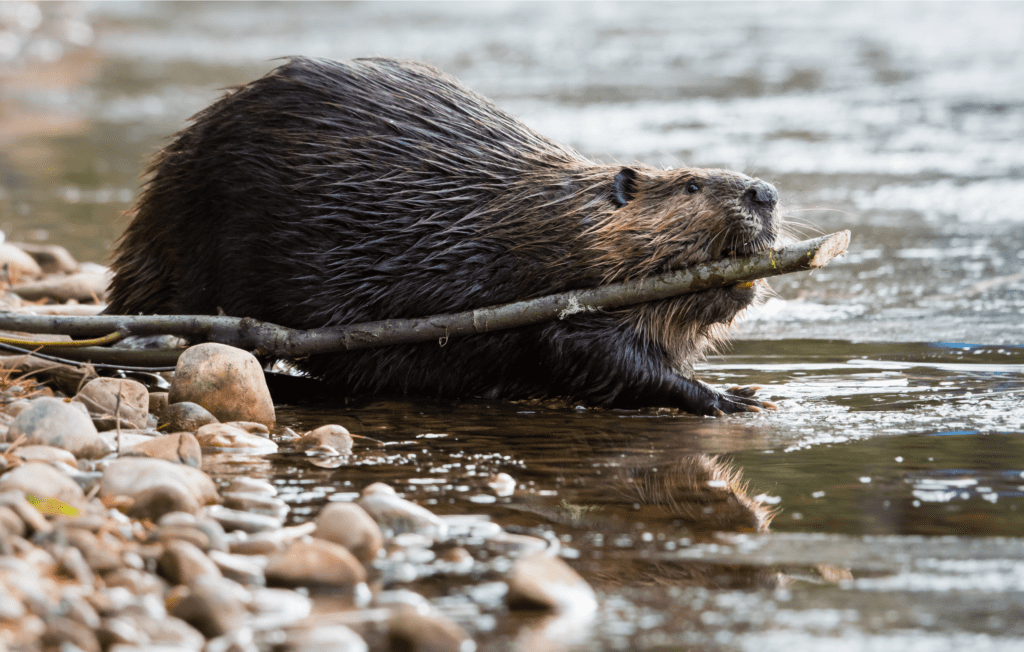
Beavers are the unsung heroes of river restoration. They possess a unique ability to transform entire ecosystems through dam-building, which creates diverse habitats that benefit a range of wildlife. By constructing dams across streams and rivers, they create ponds and wetlands that provide habitat for fish, amphibians, waterfowl, and other aquatic species. These wetlands serve as a natural filter for pollutants, improving water quality, reducing erosion, and recharging groundwater reserves.
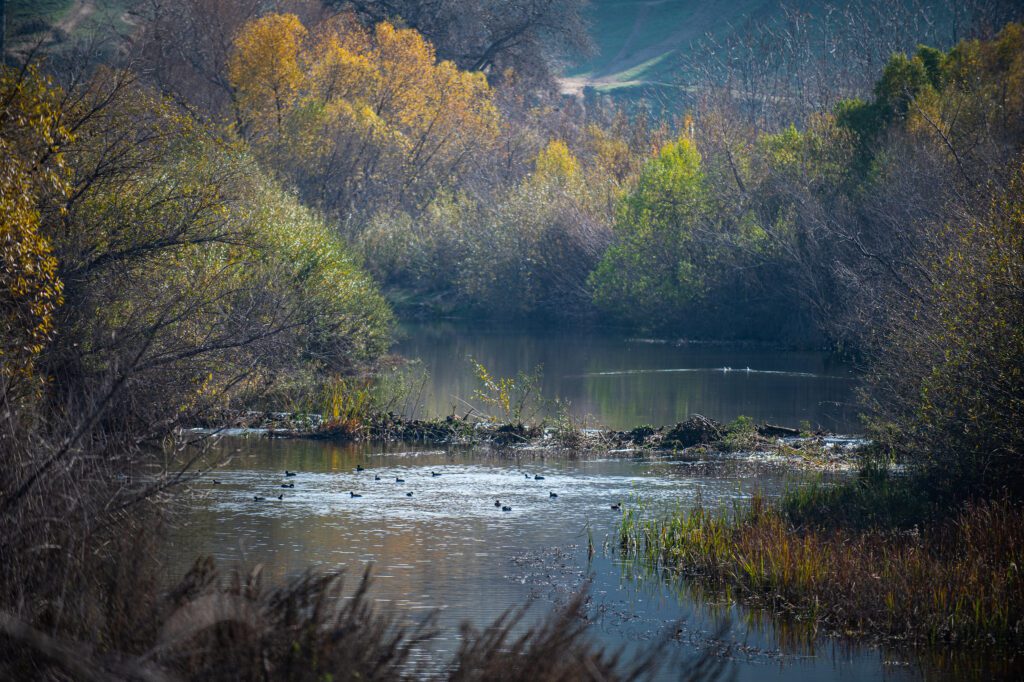
Yet, when settlers first arrived in North America, beavers were not revered for their ecosystem engineering abilities. Instead, they were highly revered for their pelts, which led to them become nearly extinct in the 1800s.
Today, beavers are no longer threatened with extinction, and there’s a growing movement of beaver-believers who recognize the immense value that beavers bring to our rivers, communities, and even future. In fact, many people are now actively working to reintroduce beavers to areas where they have been lost to restore degraded ecosystems.
We rounded up some fascinating projects, resources, news, and voices in the beaver restoration community to share with you.
6 Fascinating Projects and Resources Exploring the Ecological Benefits of Beavers
1 – Methow Beaver Project
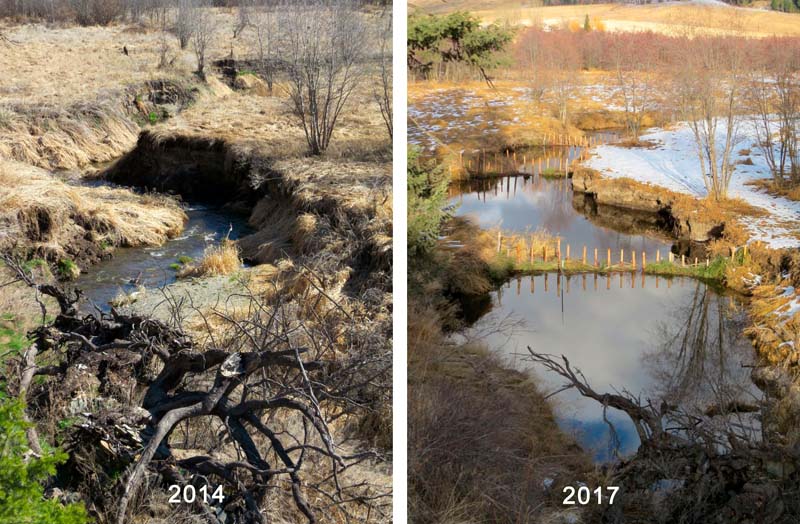
One of the best examples of beaver restoration is the Methow Beaver Project in Washington State, which aims to reintroduce beavers to the Methow River Basin to restore degraded riparian habitats. By installing beaver dam analogs—structures that mimic the effects of beaver dams—conservationists have successfully restored stream channels and increased habitat complexity. This has led to resurgence of imperiled fish.
2 – “Beaver Taught Salmon To Jump” – Documentary

A new documentary is being produced, titled “Beaver Taught Salmon to Jump,” highlighting the connection between people, beavers, and Indigenous ecological perspectives. The film follows inspiring native practitioners, scientists, restorationists, policy-makers, and passionate ‘beaver believers’ through the western U.S. as they work to protect ecosystems and restore dynamic balance through beaver-based restoration. This film, projected to be released in 2024, will be a must-watch for all beaver lovers! Follow @beavertaughtsalmon on Facebook and Instagram for updates.
3 – Frankie Myers, Vice-Chair, Yurok Tribe
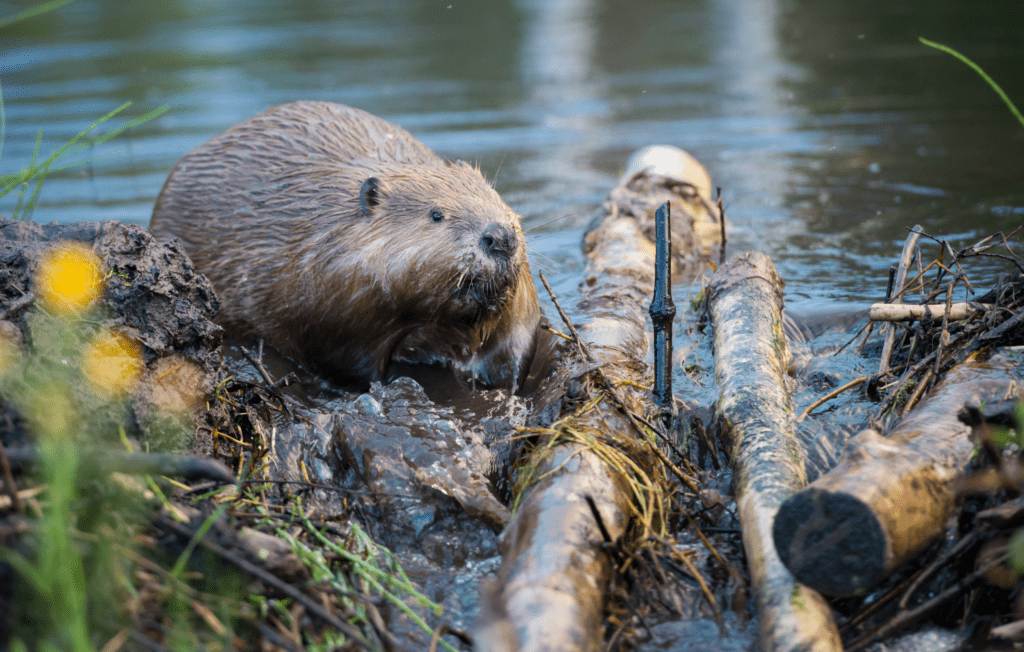
Frankie Myers, Vice-Chair of the Yurok Tribe in California, is also a strong advocate for beavers and their importance in river restoration. The Yurok Tribe has been building beaver dam analogues to help the keystone species recolonize their ancestral lands to restore degraded habitats and improve fish populations in the Klamath Basin. Myers shared his perspective on his relationship with beavers in a recent KQED interview:
Beavers are always right…There is no beaver-human conflict. There’s only human conflict. What we’ve learned, having lived with beavers for thousands of years here, is that it’s an extremely important part of our way of life not only as Indigenous people, but as human beings here on this planet… Beavers are part of our community, part of our villages and our ecosystem. We know the incredible work that beavers do to help provide the absolutely critical habitat for juvenile salmonids and the robust benefits they have to our ecosystem as whole.
4 – Western Watersheds Project
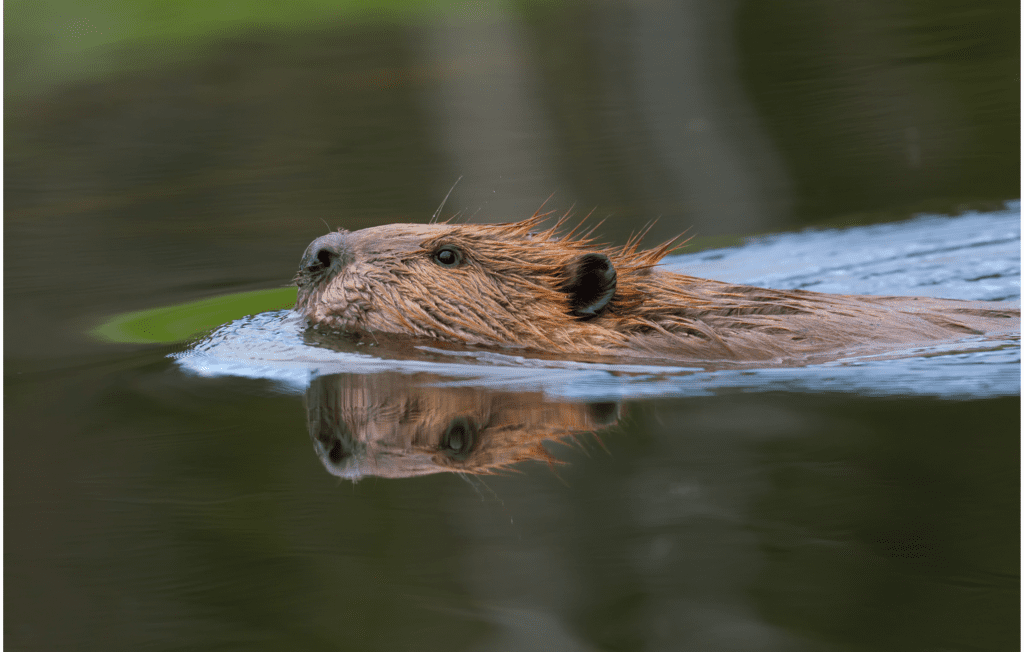
Recently, beavers made a splash in the news, when a letter was delivered to President Biden requesting an executive order protecting beavers on federally managed public lands. According to the Western Watersheds Project, who penned the letter, beavers are critically important for large-scale landscape restoration:
“Beavers and—the habitats they create—sequester vast amounts of carbon, provide vital habitat for fish and wildlife, create natural firebreaks, filter drinking water, store water during drought and temper flooding events. When beavers are removed from the landscape, these important benefits are lost. Beavers nearly went extinct in North America after centuries of fur trapping and extermination efforts and their populations have yet to recover across most areas of the United States.”
5 – “Eager: The Surprising, Secret Life of Beavers and Why They Matter” – Book
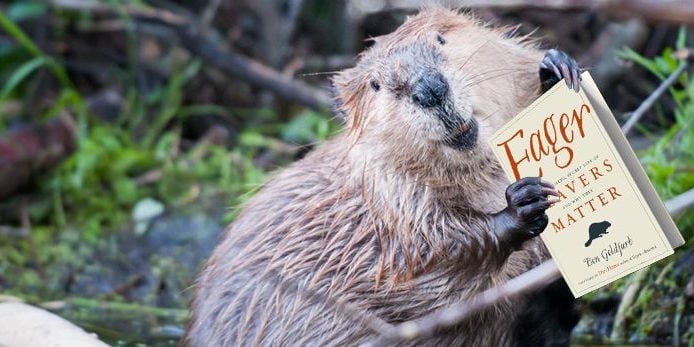
In the page-turner “Eager: The Surprising, Secret Life of Beavers and Why They Matter” author Ben Goldfarb reveals that our modern conception of a natural landscape is wrong, distorted by the lack of beavers on the landscape. He argues that beavers are one of the best restoration tools we have, and that by working with, rather than against, these industrious rodents, we can create more resilient and healthy river ecosystems. Now, we can reintroduce them back into ecosystems to help restore the land and protect against the impacts of climate change. Pro-tip: the audiobook version is fantastic!
6 – River Partners’ Riverway Restoration

And last, River Partners has seen the immense benefit of beavers first-hand on our thousands of acres of restoration projects. One of our very first restoration efforts to restore a former orchard into riverside riparian woodland along the Sacramento River near Butte City, saw beavers move in early on in the restoration process. They helped address the erosion by stabilizing banks with dams. Ultimately, the project was a huge success, especially for the many species of wildlife, including beaver, that found themselves right at home in the newly-planted riparian habitat.
Give a Dam, Become a Beaver-Believer
So, what can we do to support beavers and their important role in healthy rivers?
There are many ways, according to River Partners President Julie Rentner. “For one, we can advocate for the reintroduction of beavers to areas where they have been lost, and support efforts to coexist with beavers in areas where they already exist,” she says.
Rentner added, “We can also educate others about the ecological benefits of beavers, and work to dispel myths and misconceptions about these fascinating animals. And, of course, supporting River Partners’ statewide river-restoration efforts is a great way to make sure the places beavers call home, as well as their populations, continue to grow.”


